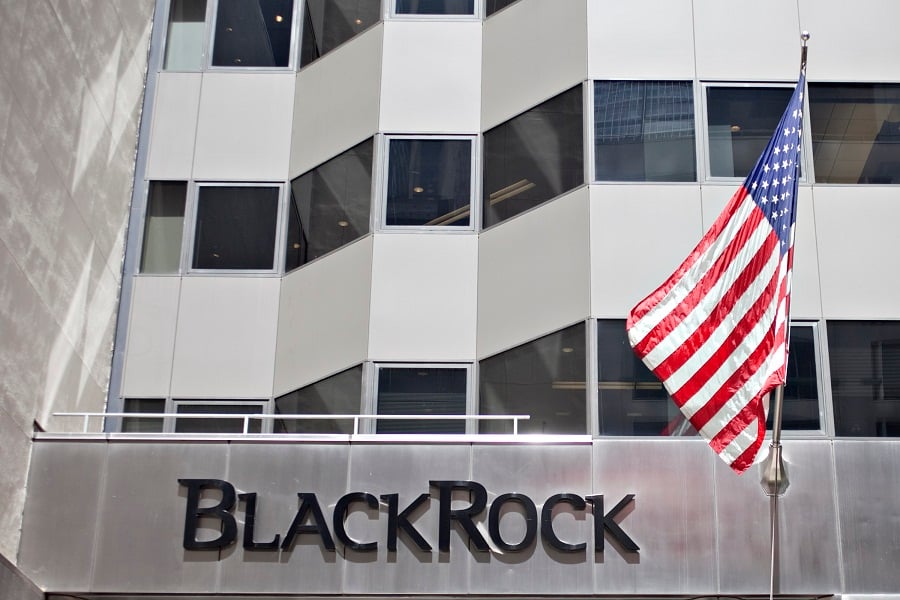

BlackRock Inc. is moving ahead with plans to launch a new kind of exchange-traded fund that doesn’t report its holding on a daily basis.
The world’s largest asset manager filed to license the structure of Precidian Investments’ ActiveShares product, which requires funds to publish an indicative value of the holdings every second. The model also uses an agency broker to confidentially buy and sell securities to help money flow into or out of the fund.
Issuers across the $4 trillion ETF industry are unveiling active active funds that keep their portfolios hidden, known as nontransparent or semitransparent funds, in contrast to the daily disclosure of traditional ETFs. Money managers launching such products say that model wards off potential front-running or copycat strategies.
JPMorgan Chase & Co.’s asset management arm is among those that have decided to test the actively managed nontransparent model this year. Legg Mason kicked off a value-focused product last week.
BlackRock is also planning to launch three actively managed funds: a Future Health ETF, which will invest in equities in the health sciences industry; a Future Innovators ETF tracking mid- and small-cap companies with earnings growth potential; and a Future Tech ETF focused on firms with rapid and sustainable growth prospects.
Traditional active ETFs are also becoming increasingly popular in the industry, with a record number of new products launched so far this year.

Most firms place a limit on advisors’ sales of alternative investments to clients in the neighborhood of 10% a customer’s net worth.

Those jumping ship include women advisors and breakaways.

Firms in New York and Arizona are the latest additions to the mega-RIA.

The agent, Todd Bernstein, 67, has been charged with four counts of insurance fraud linked to allegedly switching clients from one set of annuities to another.

“While harm certainly occurred, it was not the cataclysmic harm that can justify a nearly half billion-dollar award to the State,” Justice Peter Moulton wrote, while Trump will face limits in his ability to do business in New York.
Orion's Tom Wilson on delivering coordinated, high-touch service in a world where returns alone no longer set you apart.
Barely a decade old, registered index-linked annuities have quickly surged in popularity, thanks to their unique blend of protection and growth potential—an appealing option for investors looking to chart a steadier course through today's choppy market waters, says Myles Lambert, Brighthouse Financial.
